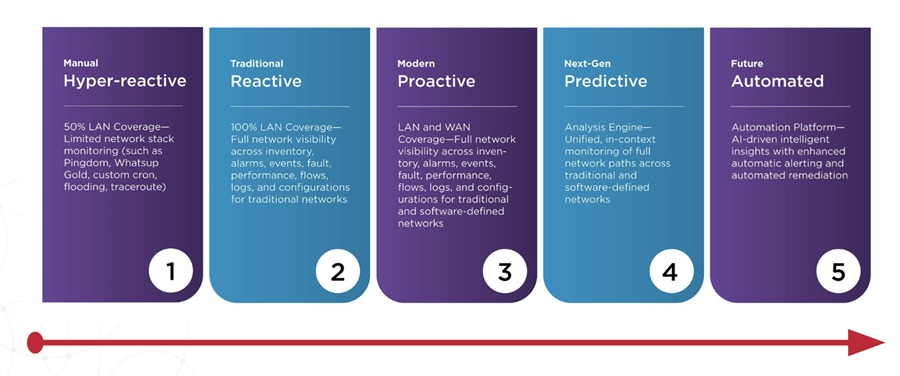Global revenue in the business intelligence (BI) and analytics software market is forecast to reach $18.3 billion in 2017, an increase of 7.3 percent from 2016, according to the latest forecast from Gartner, Inc. By the end of 2020, the market is forecast to grow to $22.8 billion.
According to Gartner, modern BI and analytics continues to expand more rapidly than the overall market, which is offsetting declines in traditional BI spending. The modern BI and analytics platform emerged in the last few years to meet new organizational requirements for accessibility, agility and deeper analytical insight, shifting the market from IT-led, system-of-record reporting to business-led, agile analytics including self-service.
The modern BI and analytics market is expected to decelerate, however, from 63.6 percent growth in 2015 to a projected 19 percent by 2020. Gartner believes this reflects data and analytics becoming mainstream. The market is growing in terms of seat expansion, but revenue will be dampened by pricing pressure.
"Purchasing decisions continue to be influenced heavily by business executives and users who want more agility and the option for small personal and departmental deployments to prove success," said Rita Sallam, Research VP at Gartner. "Enterprise-friendly buying models have become more critical to successful deployments."
Gartner believes the rapidly evolving modern BI and analytics market is being influenced by the following 7 dynamics:
Modern BI at scale will dominate new buying
While business users initially flocked to new modern tools because they could be used without IT assistance, the increased need for governance will serve as the catalyst for renewed IT engagement. Modern BI tools that support greater accessibility, agility and analytical insight at the enterprise level will dominate new purchases.
New innovative and established vendors will drive the next wave of market disruption
The emergence of smart data discovery capabilities, machine learning and automation of the entire analytics workflow will drive a new flurry of buying because of its potential value to reduce time to insights from advanced analytics and deliver them to a broader set of people across the enterprise. While this "smart" wave is being driven by new innovative startups, traditional BI vendors that were slow to adjust to the current "modern" wave are driving it in some cases.
Need for complex datasets drives investments in data preparation
Business users want to analyze a diverse, often large and more complex combinations of data sources and data models, faster than ever before. The ability to rapidly prepare, clean, enrich and find trusted datasets in a more automated way becomes an important enabler of expanded use.
Extensibility and embeddability will be key drivers of expanded use and value
Both internal users and customers will either use more automated tools or will embed analytics in the applications they use in their context, or a combination of both. The ability to embed and extend analytics content will be a key enabler of more pervasive adoption and value from analytics.
Support for real-time events and streaming data will expand use
Organizations will increasingly leverage streaming data generated by devices, sensors and people to make faster decisions. Vendors need to invest in similar capabilities to offer buyers a single platform that combines real-time events and streaming data with other types of source data.
Interest in cloud deployments will continue to grow
Cloud deployments of BI and analytics platforms have the potential to reduce cost of ownership and speed time to deployment. However, data gravity that still tilts to the majority of enterprise data residing on-premises continues to be a major inhibitor to adoption. That reticence is abating and Gartner expects the majority of new licensing buying likely to be for cloud deployments by 2020.
Marketplaces will create new opportunities for organizations to buy and sell analytic capabilities and speed time to insight
The availability of an active marketplace where buyers and sellers converge to exchange analytic applications, aggregated data sources, custom visualizations and algorithms is likely to generate increased interest in the BI and analytics space and fuel its future growth.
"Organizations will benefit from the many new and innovative vendors continuing to emerge, as well as significant investment in innovation from large vendors and venture capital-funded startups," said Sallam. "They do, however, need to be careful to limit their technical debt that can occur when multiple stand-alone solutions that demonstrate business value quickly, turn into production deployments without adequate attention being paid to design, implementation and support."


